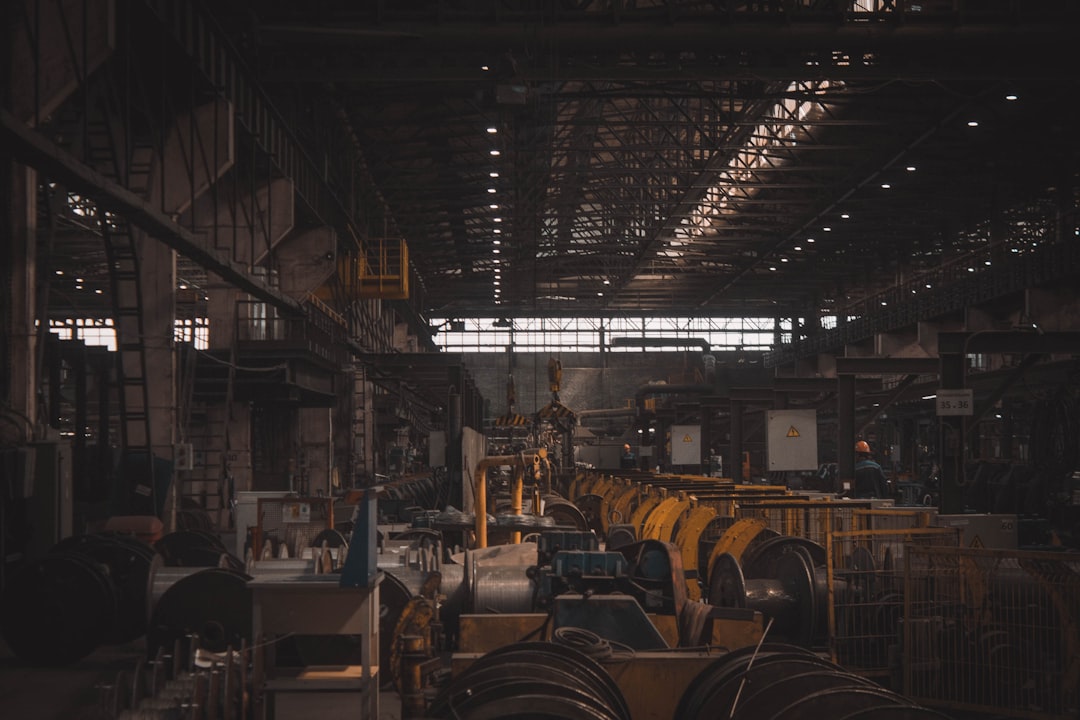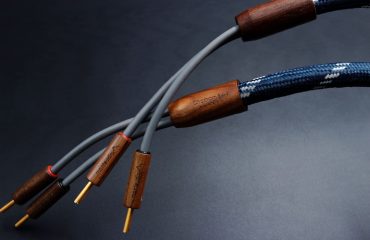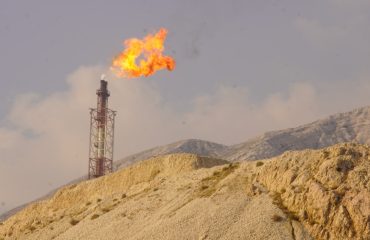Cogeneration systems, also known as combined heat and power (CHP) systems, are becoming increasingly vital for sustainable energy production. These systems efficiently generate both electricity and useful heat from a single fuel source, significantly improving energy efficiency and reducing environmental impact. However, the reliable and long-lasting performance of these systems hinges on the materials used in their construction, and steel plays a crucial, often overlooked, role.
1. Steel Grades for High-Temperature Applications in Cogeneration
Cogeneration plants operate at high temperatures and pressures, demanding steel grades capable of withstanding these harsh conditions without compromising structural integrity or safety. Commonly used steel grades include various types of stainless steel, specifically austenitic stainless steels like 304 and 316, known for their excellent corrosion resistance and high-temperature strength. These grades resist oxidation and creep at elevated temperatures, ensuring the longevity of critical components like heat exchangers, boilers, and piping systems. Furthermore, ferritic stainless steels and low-alloy steels are employed where specific mechanical properties or cost-effectiveness is prioritized. The selection of the appropriate steel grade depends on the specific operating parameters of the cogeneration system, including the temperature, pressure, and the type of fuel used.
2. Corrosion Resistance: A Critical Factor in Steel Selection
Cogeneration systems often handle corrosive fluids, including steam, water, and potentially aggressive chemicals depending on the fuel source. Therefore, corrosion resistance is a paramount consideration when selecting steel for these applications. Stainless steels, particularly those containing higher chromium and molybdenum content (like 316L), offer superior corrosion resistance compared to carbon steel. The formation of a passive chromium oxide layer on the surface of stainless steel protects it from corrosion. However, even stainless steel can be susceptible to specific types of corrosion, such as pitting or crevice corrosion, depending on the environment. Proper selection, surface treatments, and regular maintenance are crucial to mitigate these risks and extend the lifespan of the steel components.
3. The Importance of Steel’s Mechanical Properties in Cogeneration Systems
Beyond corrosion resistance, the mechanical properties of steel are crucial for ensuring the structural integrity and safety of cogeneration systems. Yield strength, tensile strength, and ductility are key parameters that determine a steel’s ability to withstand the stresses and strains imposed during operation. High-strength low-alloy steels (HSLA) offer a good balance between strength and weldability, making them suitable for many components. The design of pressure vessels, piping systems, and other critical components requires careful consideration of these mechanical properties to ensure safe and reliable operation under various load conditions. Fatigue resistance is also important, as components are subjected to repeated cycles of stress during operation.
4. Welding and Fabrication Considerations for Cogeneration Steel
The fabrication of cogeneration systems often involves extensive welding, requiring steel grades with good weldability. Austenitic stainless steels, while offering excellent corrosion resistance, can present challenges in welding due to their susceptibility to sensitization and intergranular corrosion. Proper welding techniques, including pre- and post-weld heat treatments, are essential to ensure the integrity of the welds and prevent potential failure. The selection of appropriate welding consumables and qualified welders is crucial for maintaining the high standards of safety and reliability required in cogeneration systems. Furthermore, the fabrication process must consider the potential for stress concentration around welds, which can impact the overall lifespan of the component.
5. Cost Optimization and Steel Selection for Cogeneration Projects
While the selection of appropriate steel is paramount for ensuring the reliability and longevity of a cogeneration system, cost is also a significant factor. The initial cost of different steel grades varies considerably, with stainless steels generally more expensive than carbon steel or low-alloy steels. However, the higher initial cost of corrosion-resistant steels can be offset by their longer lifespan and reduced maintenance requirements. A comprehensive life-cycle cost analysis, considering the initial investment, maintenance costs, and potential downtime, is crucial for making informed decisions about steel selection in cogeneration projects. This analysis should also consider the potential environmental benefits associated with using more sustainable and durable materials.
In conclusion, the selection of steel for cogeneration systems is a complex process requiring careful consideration of various factors, including high-temperature strength, corrosion resistance, mechanical properties, weldability, and cost-effectiveness. The proper choice of steel grade is crucial for ensuring the safe, efficient, and reliable operation of these vital energy-producing systems for years to come.
SEO Tags: Cogeneration steel, cogeneration systems, stainless steel cogeneration, high-temperature steel, corrosion resistant steel




